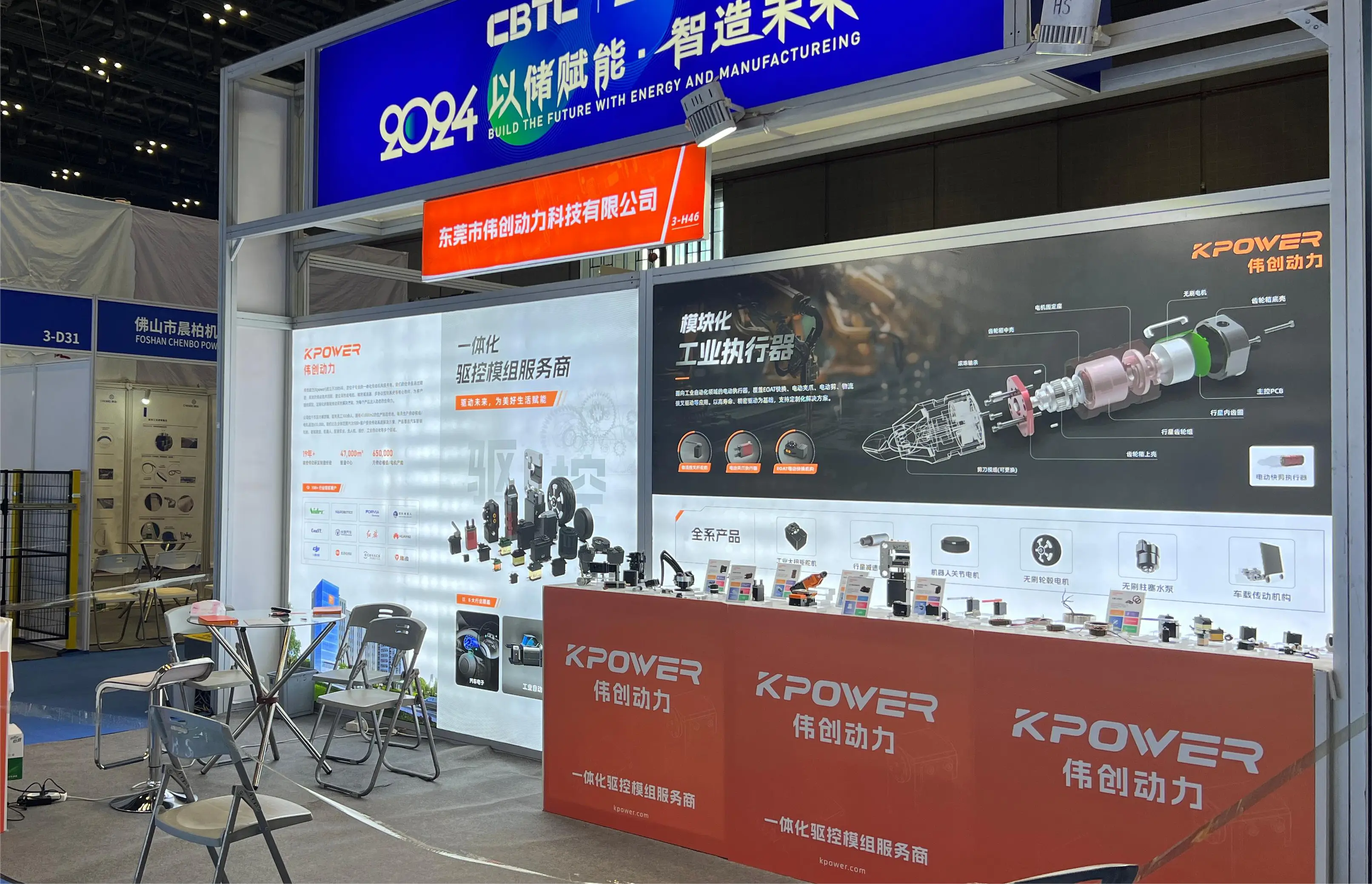When it comes to building modern software systems, the debate between monoliths and microservices is always in the spotlight. So, what exactly is the difference between the two? And why does it matter so much for companies today?

Let’s break it down. Monolithic applications are like a single, massive block of software. Everything runs in one place, tightly integrated and usually built as one big unit. While this sounds neat and tidy, it can quickly become a problem when you need to scale, update, or manage different parts of your software separately. One little issue in the system can ripple through the entire application, causing delays and headaches.
On the other hand, microservices are more like a collection of small, independent parts that come together to make a whole. Think of it like a puzzle. Each piece works on its own but contributes to the bigger picture. You can update, scale, or even replace a specific microservice without bringing the entire system down. This flexibility is what makes microservices so appealing to businesses looking for more agility and faster growth.
But here’s the real question: Which one should you choose for your product? Well, it all depends. If your business is just getting started, or if you’re dealing with a simpler product, a monolithic approach could be the best choice. It’s easier to develop, deploy, and manage in the early stages, giving you a solid foundation to build on.
However, as your business grows and the needs of your customers become more complex, it might be time to switch gears. Microservices offer the kind of flexibility and scalability that monoliths just can’t provide. For example, if you need to update the payment system without touching the user interface, microservices allow you to do that without affecting the rest of the application. With monolithic systems, though, making such a change can be a real pain.
It’s important to recognize that the transition from a monolith to microservices isn't something to take lightly. It's not just about cutting a big application into smaller pieces. It’s about rethinking how your system works, how you manage deployments, and how you handle challenges like network communication and data consistency across services.
What’s more, microservices also require a bit of a mindset shift. You’ll need to focus on robust infrastructure, handle issues like service discovery, and set up proper monitoring tools. The beauty of microservices lies in its ability to support rapid growth and innovation, but only if you’re ready to handle the complexities that come with it.
At the end of the day, whether you go for a monolithic structure or microservices boils down to what suits your product and your team the best. If you’re in it for the long haul, though, adopting microservices will make your life a whole lot easier in the long run. It might be a little challenging to start, but the benefits—agility, scalability, and independence—will make all the difference in helping you scale up efficiently.
What do you think? Are you ready to embrace the change, or are you happy with keeping things simple? Whatever direction you decide to take, it’s essential to understand both options fully. And whatever you choose, just make sure you’re building for the future!
Established in 2005, Kpower has been dedicated to a professional compact motion unit manufacturer, headquartered in Dongguan, Guangdong Province, China. Leveraging innovations in modular drive technology, Kpower integrates high-performance motors, precision reducers, and multi-protocol control systems to provide efficient and customized smart drive system solutions. Kpower has delivered professional drive system solutions to over 500 enterprise clients globally with products covering various fields such as Smart Home Systems, Automatic Electronics, Robotics, Precision Agriculture, Drones, and Industrial Automation.




































